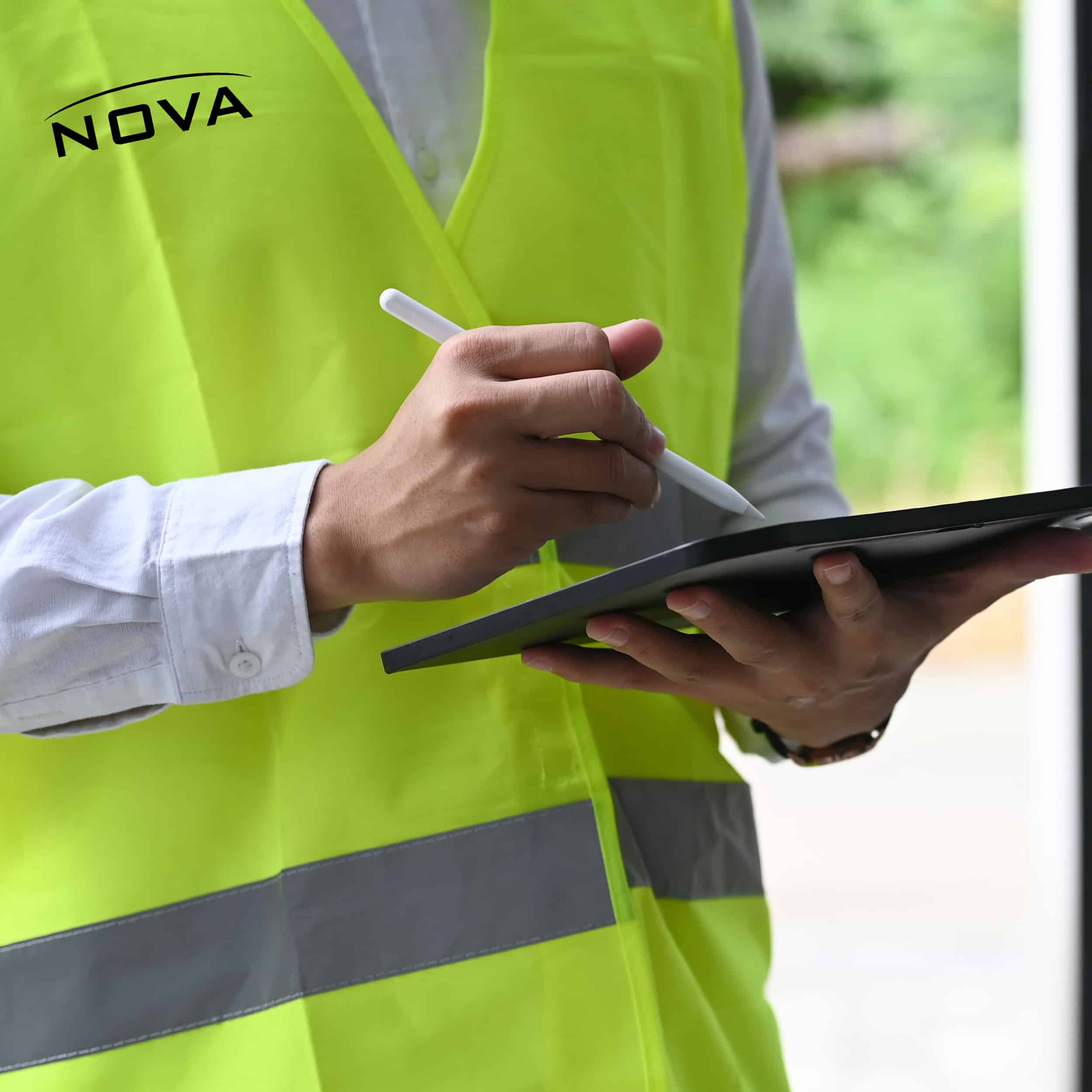Oil production isn't just growing—it's growing more efficiently.
According to estimates by the U.S. Energy Information Administration (EIA), total oil production in the biggest domestic shale regions is set to reach 4.43 million barrels per day in June. That's 75,000 more barrels per day than what was recorded in may, according to a post on the Houston Chronicle's Fuel Fix blog.
This is partly due to the higher number of rigs being deployed, as well as their increased productivity. The news source added that the average oil rig will produce 271 barrels per day in June, which is one more than what was recorded in May.
This might not seem like much of an improvement, but it is a significant increase over productivity in 2007. Back then, each the average oil rig produced 116 barrels per day in the Bakken Shale region, which was the most efficient area in which to drill.
New technology—such as mobile rigs, which are used to move among wells and locate smaller patches of oil—have contributed to this growth in efficiency. But petrochemical companies are looking even further along the horizon for the next big revolutionary idea to keep the industry in strong shape.
Could drones play a role in the oil industry?
Drilling efficiency isn't just about getting as much oil out of the ground as possible. It also requires regular inspections of pipelines and efforts to tamp down on leaks. Currently, human operators do much of this work, but it can be a costly and dangerous business.
That's why researchers at the University of North Dakota believe that drones could provide a better way. According to a report by Forum News Service, this state may some day be home to a number of drone-related experiments.
Now that the Federal Aviation Administration (FAA) has announced that it would be accepting applications for certain commercial uses of drones, the oil industry has tried to come up with a list of possible uses. One of them involves inspecting flare stacks—not an easy job by any means.
"Have you ever seen what a flare stack looks like? These flames can shoot high up into the air. It's a little hot," FAA representative Jim Williams said at a recent conference on unmanned vehicles. "Currently, the flare stacks can only be inspected when production is shut down because of the risk to the workers who have to climb the stack. The company can save time and money if the inspection can occur while the flare stack is ignited."
Drones don't need to worry about bodily harm in this case—they can fly by and measure the chemicals being flared off to ensure that everything is working smoothly within the apparatus.
This development promises to save well operators money by facilitating inspections and mitigating the risk of worker injuries. But the use of drones could also mean long-term savings. By investigating potential leaks and other issues more frequently, oil companies could avoid potential environmental liabilities. When it comes time to put drones into service, the industry may want to consider working with environmental consultants to ensure the effectiveness of their risk management programs.


